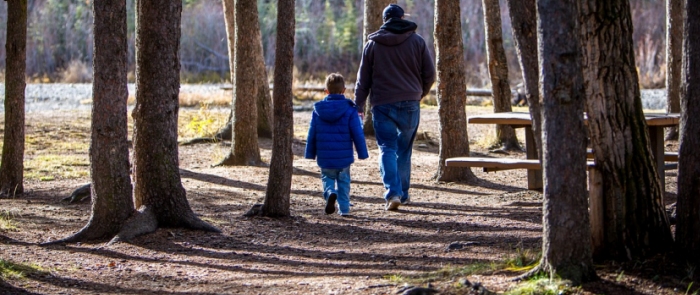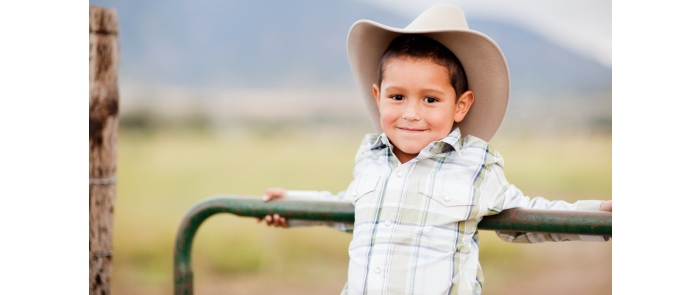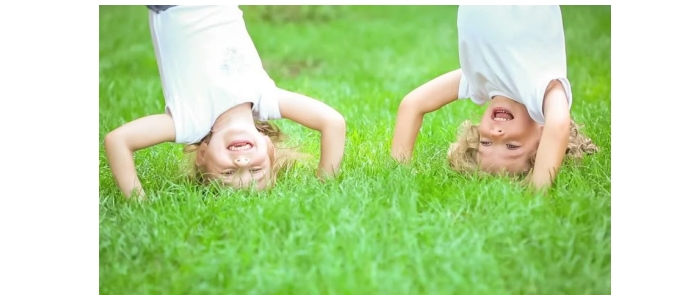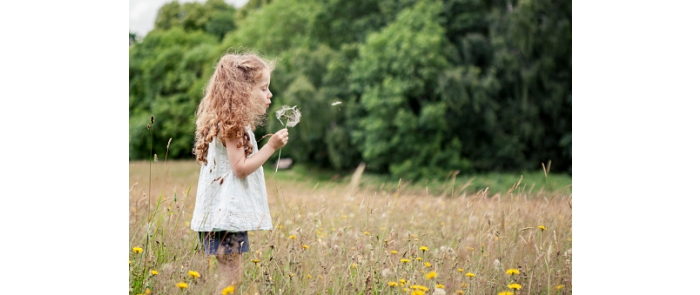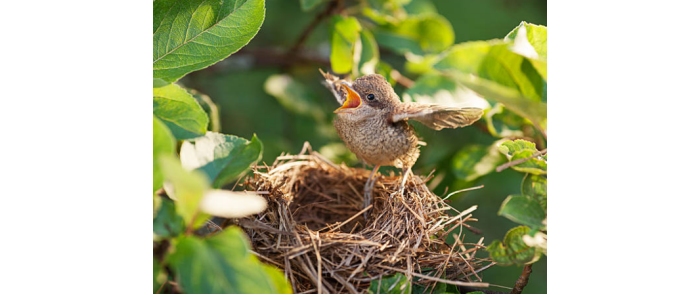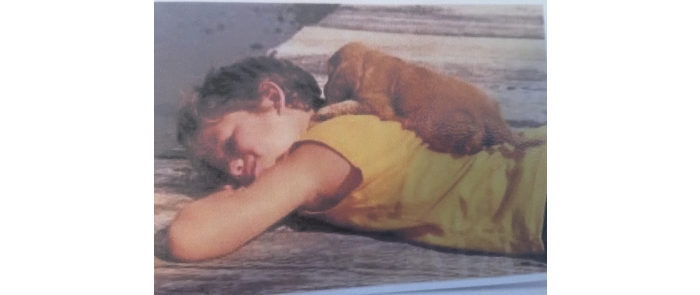Thanksgiving for every meal because it’s a sacred interconnected event!
Let’s come together in praise and thanksgiving daily. Let’s demonstrate our appreciation for all there is, for all we are, connected to the web of life and each other.
When we do, we help our children acknowledge the realms of nature and spirit. In this way, they begin to recognize that in the daily breaking of bread, every meal we eat is a sacred interconnected event.
We are connected to the cycles of the moon, to the rain and shine, the root of the root, the farmer, the plants and the entire Universe in a mouthful!
This is what we honor and bless with all our hearts- right here, right now.




